Search
Search Results
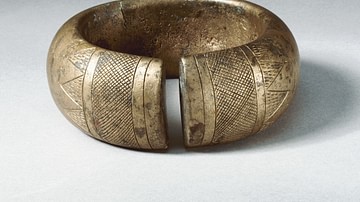
Image Gallery
Relics from the Kingdom of Kush & Ancient Nubia
Kush was a kingdom in North Africa in the region corresponding to modern-day Sudan. The larger region around Kush (later referred to as Nubia) had been inhabited since c. 8,000 BCE, but the Kingdom of Kush rose much later, flourishing between...
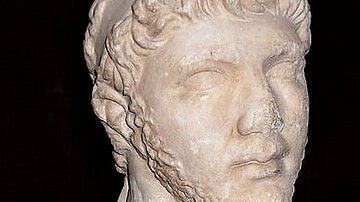
Definition
Ptolemy of Mauretania
Ptolemy of Mauretania (r. 23-40 CE) was king of Mauretania and one of the last surviving members of the Ptolemaic dynasty. His father Juba II (c. 48 BCE to 23 CE) was a Numidian royal and his mother Cleopatra Selene II (40 to c. 5 BCE) was...

Video
061: Ptolemaic Egypt - Greeks in an Egyptian Land
Drawn by the prospects of providing service to the Ptolemaic government in either the bureaucracy or the army, or perhaps seeking to settle and farm some of the most productive land in the world, tens of thousands of Greeks would immigrate...

Definition
Arsinoë IV
Arsinoë IV (d. 41 BCE) was a Ptolemaic princess who rebelled against her sister Cleopatra VII during the Alexandrian War in 48 BCE. After being defeated by Cleopatra's ally Julius Caesar, she was a captive in his Roman triumph. Arsinoë later...

Definition
Ancient Egyptian Warfare
The Narmer Palette, an ancient Egyptian ceremonial engraving, depicts the great king Narmer (c. 3150 BCE) conquering his enemies with the support and approval of his gods. This piece, dating from c. 3200-3000 BCE, was initially thought to...

Image
Ptolemaic Universe
A 17th-century map by Jan van Loon of the cosmos as proposed by the astronomer and geographer Claudius Ptolemy (c. 100 - c. 170 CE).
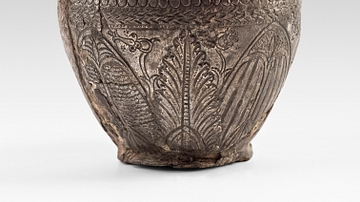
Image
Ptolemaic Silver Wine Vase
Different cultural traditions met in Hellenistic Egypt, as this small silver wine vase illustrates (11 cm in height; ca. 200-150 BCE; APM inv. no. 3397). It is decorated with acanthus and lotus leaves, floral motifs from respectively Greece...
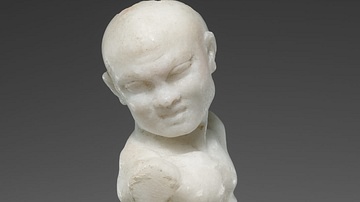
Image
Ptolemaic Statue of a Dancing Dwarf
This marble statue of a dwarf was sculpted around 332-150 BCE and is believed to have originated in Alexandria, Egypt. The dancing figure may have held cultic associations as dwarves were linked to Greek religious practice and were often...
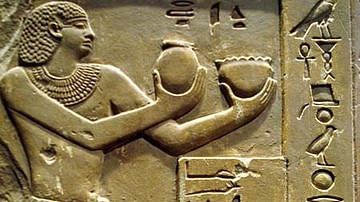
Definition
First Intermediate Period of Egypt
The First Intermediate Period of Egypt (2181-2040 BCE) is the era which followed the Old Kingdom (c. 2613-2181 BCE) and preceded the Middle Kingdom (2040-1782 BCE) periods of Egyptian history. The name was given to the era by 19th-century...
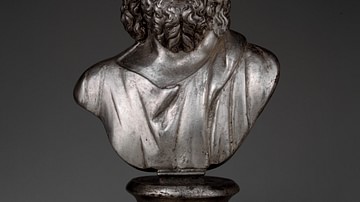
Definition
Serapis
Serapis is a Graeco-Egyptian god of the Ptolemaic Period (323-30 BCE) of Egypt developed by the monarch Ptolemy I Soter (r. 305-282 BCE) as part of his vision to unite his Egyptian and Greek subjects. Serapis’ cult later spread throughout...